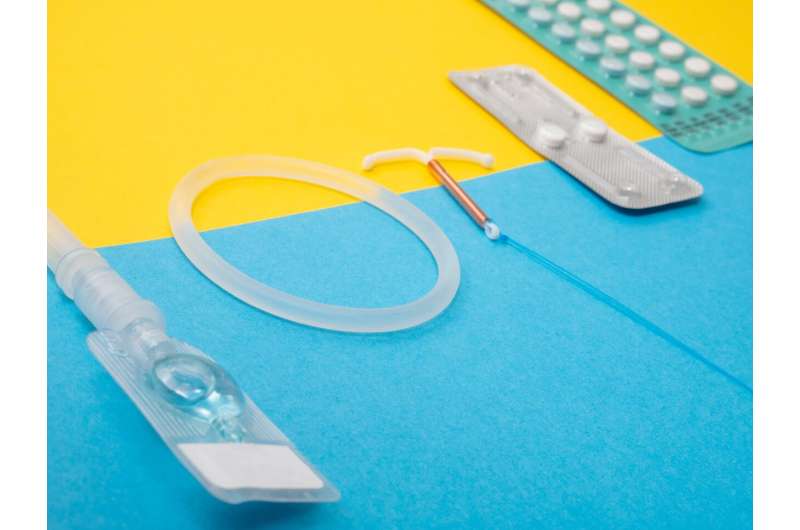MRI Technique Enhances Identification of High-Risk Cardiac Sarcoidosis Patients for Implantable Defibrillators

Innovative MRI-based imaging techniques are improving the identification of cardiac sarcoidosis patients at high risk of sudden death, promoting targeted ICD therapy for better outcomes.
Recent research from the University of Minnesota Medical School has showcased the potential of cardiovascular magnetic resonance (CMR) imaging, also known as CMR phenotyping, to identify patients with suspected cardiac sarcoidosis who are at elevated risk of sudden cardiac death. Cardiac sarcoidosis is a rare inflammatory disease affecting the heart, and it can lead to rhythm disturbances or heart failure. Affecting approximately 200,000 Americans, this condition presents a critical challenge: determining which patients will benefit most from an implantable cardioverter-defibrillator (ICD) to prevent sudden cardiac arrest.
The study, published in the European Heart Journal, demonstrates that specific features visible on CMR scans can be used to predict the likelihood of ventricular arrhythmias and adverse outcomes. This approach simplifies the process of selecting patients for ICD therapy, ensuring those at genuine risk receive the intervention promptly.
According to Chetan Shenoy, MBBS, MS, an associate professor and cardiologist with M Health Fairview, this research provides a more precise method to identify high-risk patients. Shenoy emphasized that these findings could be immediately integrated into clinical practice to enhance patient care. The research advocates for adopting CMR phenotyping as the standard assessment tool for patients with suspected cardiac sarcoidosis, ultimately improving preventive strategies against sudden cardiac death.
This advancement supports better risk stratification, enabling physicians to make more informed decisions regarding ICD implantation. The approach promises to save lives by ensuring appropriate patients receive life-saving devices without unnecessary procedures for low-risk individuals.
For more details, the full study is available in the European Heart Journal. Source: https://medicalxpress.com/news/2025-06-mri-based-method-high-cardiac.html
Stay Updated with Mia's Feed
Get the latest health & wellness insights delivered straight to your inbox.
Related Articles
Advances in Molecular Approaches for Treating Angelman Syndrome
A new review explores recent advances in molecular strategies for treating Angelman syndrome, focusing on gene reactivation techniques and targeting disrupted cellular pathways to move beyond symptom management.
End of Measles Outbreaks in Michigan and Pennsylvania; Texas Reports Minimal New Cases
Measles outbreaks in Michigan and Pennsylvania have concluded, while Texas reports only four new cases. The US sees continued outbreaks in several regions, highlighting vaccination importance.
Risks of Misinformation on TikTok Concerning Birth Control Discovered
A study reveals that misleading birth control information on TikTok could lead to unsafe choices and unplanned pregnancies among young women. Experts call for credible health messaging to counteract misinformation advertising.
Preventing Firearm-Related Suicides in Youth with Safe Storage Programs
Innovative safe firearm storage programs are helping pediatricians and communities prevent youth suicides and injuries through education, screening, and safe storage solutions.



